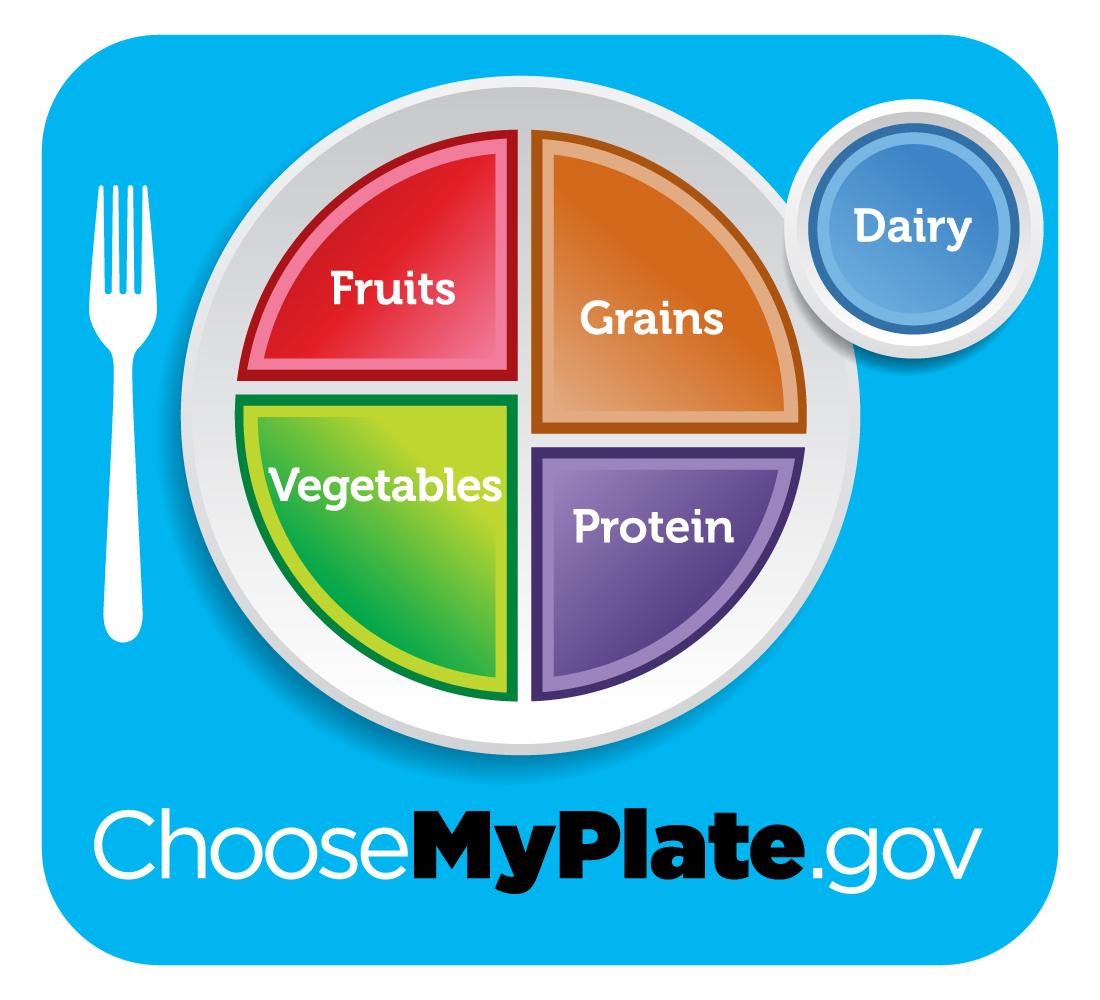Many Types of Farms
Students explore the sources of a variety of agricultural products and discover that farms can be diverse in size and in products that are grown and raised.
Background
Lesson Activities
Recommended Companion Resources
Credits
Author
New York Agriculture in the Classroom
Sources
- https://www.farmflavor.com/us-agriculture/fun-facts-about-united-states-agriculture/
- https://www.dairyherd.com/article/2017-annual-milk-production-14-percent-2016
- https://unitedegg.com/facts-stats/
Standards
Texas Content Area Standards
-
ELA: 3.110.5.b.13
Inquiry and research: listening, speaking, reading, writing, and thinking using multiple texts. The student engages in both short-term and sustained recursive inquiry processes for a variety of purposes.
- ELA: 3.13.C: The student is expected to identify and gather relevant information from a variety of sources.
- ELA: 3.13.E: The student is expected to demonstrate understanding of information gathered.
- ELA: 3.13.H: The student is expected to use an appropriate mode of delivery, whether written, oral, or multimodal, to present results.
-
ELA: 4.110.6.b.1
Developing and sustaining foundational language skills: listening, speaking, discussion, and thinking- oral language. The students develops oral language through listening, speaking, and discussion.
- ELA: 4.1.D: The student is expected to work collaboratively with other to develop a plan of shared responsibilities.
-
ELA: 4.110.6.b.13
Inquiry and research: listening, speaking, reading, writing, and thinking using multiple texts. The student engages in both short-term and sustained recursive inquiry processes for a variety of purposes.
- ELA: 4.13.B: The student is expected to develop and follow a research plan with adult assistance.
- ELA: 4.13.C: The student is expected to identify and gather relevant information from a variety of sources.
- ELA: 4.13.E: The student is expected to identify primary and secondary sources.
- ELA: 4.13.H: The student is expected to use an appropriate mode of delivery, whether written, oral, or multimodal, to present results.
-
ELA: 5.110.7.b.1
Developing and sustaining foundational language skills: listening, speaking, discussion, and thinking- oral language. The students develops oral language through listening, speaking, and discussion.
- ELA: 5.1.C: The student is expected to give an organized presentation employing eye contact, speaking rate, volume, enunciation, natural gestures, and conventions of language to communicate ideas effectively.
- ELA: 5.1.D: The student is expected to work collaboratively with others to develop a plan of shared responsibilities.
-
Social Studies: 3.113.14.c.4
Geography. The student understands the concepts of location, distance, and direction on maps and globes. The student is expected to:
- Social Studies: 3.113.14.c.14.D: interpret and create visuals, including graphs, charts, tables, timelines, illustrations, and maps
-
ELA: 5.110.7.b.13
Inquiry and research: listening, speaking, reading, writing, and thinking using multiple texts. The student engages in both short-term and sustained recursive inquiry processes for a variety of purposes.
- ELA: 5.13.B: The student is expected to develop and follow a research plan with adult assistance.
- ELA: 5.13.C: The student is expected to identify and gather relevant information from a variety of sources.
- ELA: 5.13.E: The student is expected to demonstrate understanding of information gathered.
- ELA: 5.13.H: The student is expected to use appropriate mode of delivery, whether written, oral, or multimodal, to present results.
-
Science: 3.112.14.b.9
Organisms and environments. The student knows and can describe patterns, cycles, systems, and relationships within the environments.
- Science: 3.112.14.b.9.A: The student is expected to observe and describe the physical characteristics of environments and how they support populations and communities of plants and animals within an ecosystem.
-
Social Studies: 3.113.14.c.15
Social studies skills. The student communicates in written, oral, and visual forms. The student is expected to:
- Social Studies: 3.113.14.c.15.D: express ideas orally based on knowledge and experiences
-
Social Studies: 4.113.15.c.19
Social studies skills. The student applies critical-thinking skills to organize and use information acquired from a variety of valid sources, including technology. The student is expected to:
- Social Studies: 4.113.15.c.19.D: organize and interpret information in outlines, reports, databases, and visuals, including graphs, charts, timelines, and maps
-
Social Studies: 4.113.15.c.21
Social studies skills. The student communicates in written, oral, and visual forms. The student is expected to:
- Social Studies: 4.113.15.c.21.C: express ideas orally based on research and experiences
-
Social Studies: 5.113.16.c.23
Social studies skills. The student applies critical-thinking skills to organize and use information acquired from a variety of valid sources, including technology. The student is expected to:
- Social Studies: 5.113.16.c.23.D: organize and interpret information in outlines, reports, databases, and visuals, including graphs, charts, timelines, and maps
-
Social Studies: 5.113.16.c.25
Social studies skills. The student communicates in written, oral, and visual forms. The student is expected to:
- Social Studies: 5.113.16.c.25.C: express ideas orally based on research and experiences
-
Technology Applications: 126.8.c.1
Computational thinking--foundations. The student explores the core concepts of computational thinking, a set of problem-solving processes that involve decomposition, pattern recognition, abstraction, and algorithms. The student is expected to:
- Technology Applications: 126.8.c.1.A: decompose story problems into smaller, manageable subproblems and identify a solution to the problems
- Technology Applications: 126.8.c.1.C: develop a plan collaboratively and document a plan that outlines specific steps taken to complete a project
-
Technology Applications: 126.9.c.1
Computational thinking--foundations. The student explores the core concepts of computational thinking, a set of problem-solving processes that involve decomposition, pattern recognition, abstraction, and algorithms. The student is expected to:
- Technology Applications: 126.9.c.1.A: decompose story problems into smaller, manageable subproblems and discuss and document various solutions to the problems
- Technology Applications: 126.9.c.1.C: communicate design plans and solutions using a variety of options
-
Technology Applications: 126.10.c.1
Computational thinking--foundations. The student explores the core concepts of computational thinking, a set of problem-solving processes that involve decomposition, pattern recognition, abstraction, and algorithms. The student is expected to:
- Technology Applications: 126.10.c.1.A: decompose a real-world problem into smaller, manageable subproblems using graphic organizers such as learning maps, concept maps, or other representations of data
 image
image